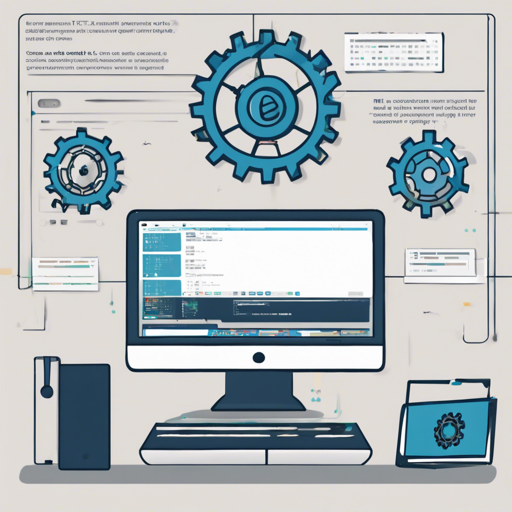Carina is a versatile Java-based test automation framework that integrates various testing layers, making it an ideal choice for a wide range of applications. You can automate tests for mobile applications (web, native, hybrid), web applications, Windows applications, REST services, and databases. This guide will walk you through the steps to set up and utilize the Carina framework effectively.
Why Choose Carina?
Carina brings together popular open-source solutions like Selenium, Appium, and TestNG, significantly reducing your dependence on any specific technology stack. With support for multiple browsers and devices, it allows for high reuse of automation code across iOS and Android (up to 80%!). Being built on Java, it ensures cross-platform compatibility for execution on both Unix and Windows OS. Here is a deeper dive into its features:
- Supports all major browsers (IE, Safari, Chrome, Firefox).
- Compatible with both relational and non-relational databases (MySQL, SQL Server, Oracle, PostgreSQL).
- The API testing module uses the Freemarker template engine for flexible REST request generation.
Setting Up the Carina Framework
To get started with Carina, follow these simple steps:
- Ensure Java Development Kit (JDK) 11 is installed on your machine.
- Clone the Carina repository from GitHub: Carina Repository.
- Set up your preferred Integrated Development Environment (IDE), like Eclipse or IntelliJ IDEA.
- Import the project into your IDE and ensure all dependencies are resolved.
- Familiarize yourself with the project structure and start building your test cases.
Core Components of the Carina Framework
The Carina framework ecosystem comprises several modules catering to various testing needs:
| Project Name | Description |
|---|---|
| Carina API | For API testing based on the RestAssured library. Optional |
| Carina AWS S3 | A set of utilities for working with Amazon S3. Optional |
| Carina Azure | A set of utilities for working with Azure. Optional |
| Carina AppCenter | A set of utilities for working with AppCenter. Optional |
| Carina DataProvider | Provides the ability to use Excel/CSV as data sources. Optional |
| Carina WebDriver | Contains logic for creating sessions. Part of Carina Core |
| Carina Utils | Provides a set of tools for all components of Carina Framework. Part of Carina Core |
| Carina Commons | Contains interfaces for pluggable dependencies (e.g., carina-azure). Part of Carina Core |
| Carina Crypto | Contains utilities for encryption/decryption. Part of Carina Core |
Troubleshooting Common Issues
If you encounter issues while setting up or using the Carina framework, consider the following troubleshooting tips:
- Verify that JDK 11 is correctly installed and configured in your IDE.
- Ensure all repository dependencies are correctly resolved; periodically update libraries.
- Check for compatibility issues with your browser or device drivers.
- Consult the documentation for any specific configuration that may be required.
If problems persist, don’t hesitate to reach out for support. For more insights, updates, or to collaborate on AI development projects, stay connected with fxis.ai.
Additional Resources
For more guidance, you can refer to the following resources:
Code Formatting
To maintain consistent coding standards, you can use the configured Java code formatter for Eclipse. For IntelliJ IDEA users, install and configure the Eclipse Code Formatter.
Licensing Information
Carina is open-source and operates under the Apache Software License v2.0. The documentation is licensed under the Creative Commons Attribution 4.0 International License.
At fxis.ai, we believe that such advancements are crucial for the future of AI, as they enable more comprehensive and effective solutions. Our team is continually exploring new methodologies to push the envelope in artificial intelligence, ensuring that our clients benefit from the latest technological innovations.

